"A Picture could change my life, but if you run away, they get you, and if you stay they get you too." City of God- 2002

http://www.miramax.com/movie/city-of-god/
City of God
The film City of God
conveys its historical context by giving us dates every time the movie jumps ahead
in time. The film also uses music and clothing to show the changes in decades.
The film does not follow a standard chronological timeline. It opens in one of
the final scenes of the film, then flashes all the way back to the 1960s. The
favela in the 1960s looks like a poor small town or suburb. The children play
soccer on a large dirt field with a goal with no net. The jobs that are
available are either backbreaking work or simply undesirable, like selling fish
in the Brazilian heat. There either isn't much of a drug trade in the favela in
the sixties, or the main characters are not yet involved enough with the trade
to see it that early in the film. Although, the hoods are often seen smoking
weed. By the seventies the streets of the favela are paved and the now teenagers
have discovered the beach. This is where they seem to spend most of their time.
The drug trade looks like it is growing, and so are the options for drugs. Coke
is now becoming a popular choice instead of marijuana. By the eighties the drug
trade has grown as big as the city. As the drug trade grew, the amount of
regular jobs in the city decreased and the drug trade became a fairly reliable
(but dangerous) job.

http://commfilm.ucalgary.ca/filmsociety/node/29
This photo shows the favela in the sixties. It had dirt roads and cheaply made cookie cutter houses.
netflix.com
This photo shoes the favela in the seventies with paved streets and sidewalks.

http://fedrev.net/?tag=city-of-god
This final photo shows the favela in the eighties. Tall buildings have engulfed the small houses.
Rocket,
the films protagonist and narrator, is a hard working young man. He stays
fairly strait laced through the course of the film. His good heart, work ethic, and intelligence help the audience relate to him. Rocket was never comfortable
with participating in hold ups and the drug trade. He preferred to learn a trade
and go to school. Rocket represents progress and hope for future generations.
Rocket
is faced with the choice between easy money in the drug trade with his friends
or a hard honest living. He is unable to keep any job for very long because of
his skin color and presumed reputation. Rocket deals with this by working
harder to achieve his dream of becoming a photographer. He takes a job as a
paper boy and makes friends with man in the photo lab. By doing this he is able
to get his photos developed and subsequently put in the newspaper without his
knowledge. This makes him famous in the news office and he begins to take
photos of Li’l Ze’s gang. This is where he gets his true start as a
photographer. Rocket is faced with the choice of running from danger and missing
the photo or staring danger in the face to earn his dream.
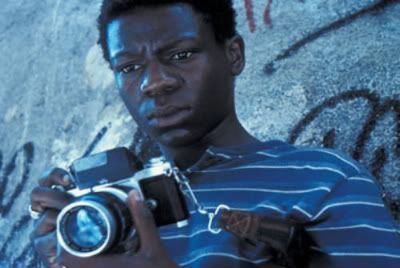
http://themovieshow.blogspot.com/
Li’l Ze’s
character began his life as Li’l dice. During the seventies he visited a witch
doctor who gave him an amulet for protection and changed his name to Li’l Ze. The
film portrays Li’l Ze as a heartless killing machine who is driven by money and
power. He rules his favela and keeps the streets and stores safe from robberies
and hold ups. The audience is able to relate to him though his almost paternal concern
for his city. The film also calls Li’l Ze ugly, and because of this he is
unable to find a girlfriend. The audience is made to feel sorry for him about
getting turned down to dance, but then he rapes a woman and the audience is completely
disconnected from his character. Li’l Ze is representative of violence and malice.
Benny
is a smooth talking, pretty, playboy and Li’l Ze’s right hand man. Benny isn't
nearly as serious as Li’l Ze. He falls in love with a girl and plans to get out
of the drug trade business and begin a hippy lifestyle with her on a farm far away
from City of God. He was able to cross social lines and blend in comfortably
with any crowd. This is seen at his going away party where he is unfortunately killed
on the night he was planning to leave. The audience easily related to Benny’s
friendly and inviting personality. Benny
represented friendship and love.
http://imgbuddy.com/benny-city-of-god.asp
Knockout Ned was in the military, and after he left was only
able to find work taking bus fares. The audience is able to relate to him because
of kindness and stance against violence. The woman that knockout Ned was
dating was the woman that Li’l Ze raped. Li’l Ze then forgets to kill Knockout
Ned and when he goes back to kill him, he ends up killing part of Ned’s family
in a shootout. Ned then wants revenge against Li’l Ze and this back and forth
grows into an all-out drug war. Ned’s character changes in this short amount of
time from a kind pacifist to a killing machine. Knockout Ned represents the
pain and change that the drug trade causes in individuals.
This
film conveys a message about the cycle of violence that occurs in places like
City of God. The final scene of the film shows a group of children no older
than thirteen making a blacklist of people to kill. The audience is reminded of
the fact that these are still children because no self-respecting hood would
continuously run out of his shoes while going down the street like Giant (a
small child) did. Whether or not these children understand the consequences of
killing, they will most likely go on to knock off everyone on their blacklist. Such
is the cycle of violence.
netflix.com
Final scene as the young children walk down the street talking about who to kill first.
References
- City of God PowerPoint



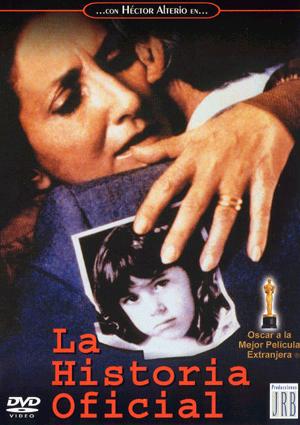



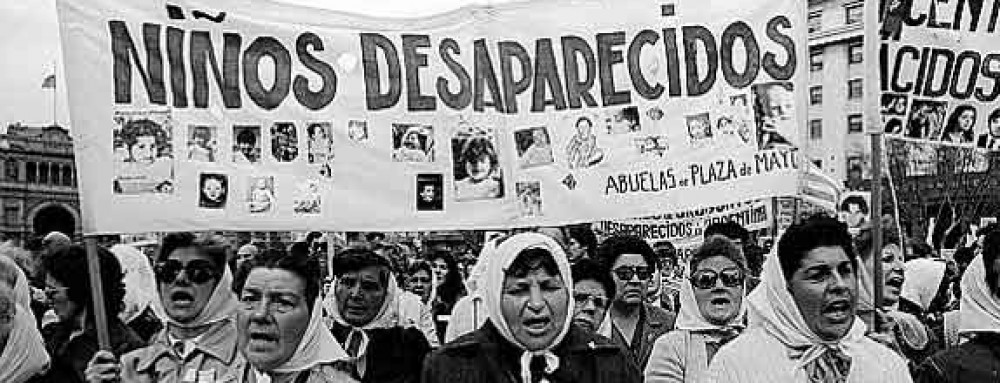

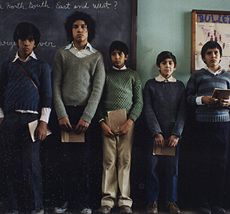

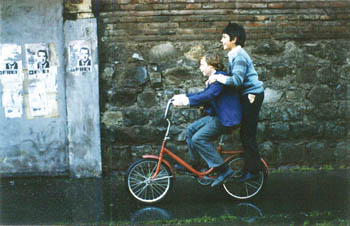




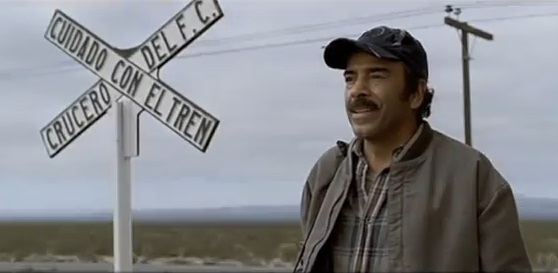





.jpg)
.jpg)







